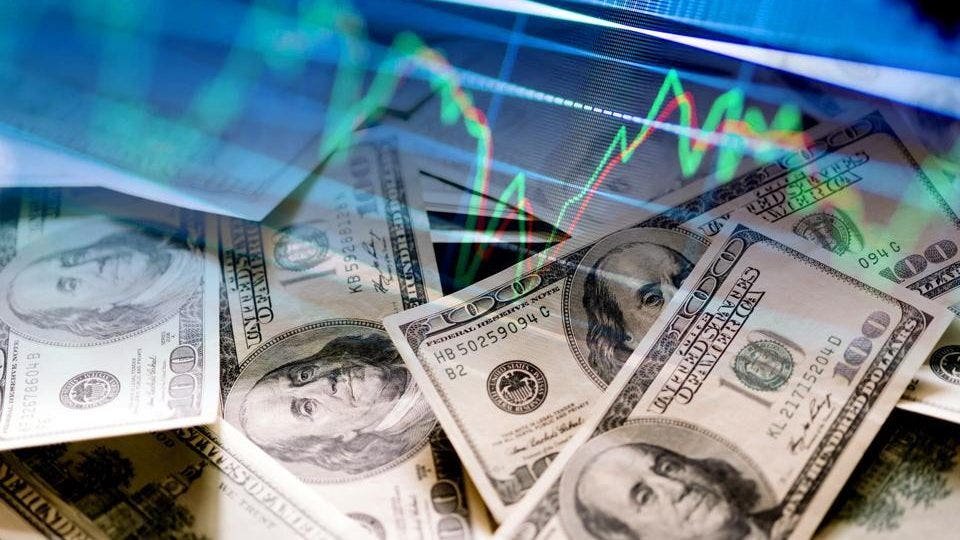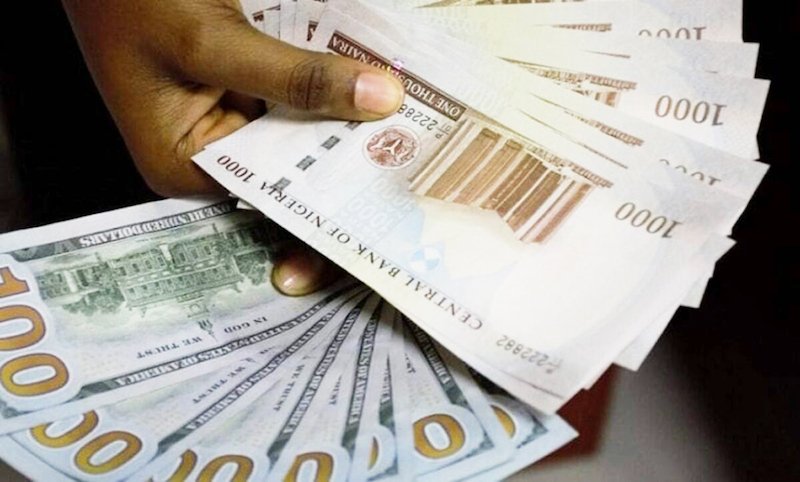- EUR/USD’s multi-day rebound faltered ahead of the 1.1800 barrier.
- The US Dollar alternated gains with losses amid mixed data, shutdown.
- The US ADP report disappointed expectations in September (-32K).
The Euro (EUR) could not sustain the early optimism on Wednesday, with EUR/USD surrendering most of its advance and stuttering just ahead of the key 1.1800 barrier, reaching at the same time five-day highs.
The daily price action followed an inconclusive trade from the US Dollar (USD). Indeed, the US Dollar Index (DXY) alternated gains with losses following three consecutive daily pullbacks, as investors kept assessing the expected US government shutdown. Another marked decline in US Treasury yields across the curve also accompanied the pair’s move on Wednesday.
Fed trying to find its footing
On September 17, the Federal Reserve cut rates by 25 basis points, acknowledging softer conditions in the labour market while still stressing that inflation remains “somewhat elevated.”
The updated dot plot leaned dovish, showing another 50 basis points of easing pencilled in before the end of the year. Smaller rate reductions are expected to continue into 2026 and 2027, with the median policy rate for 2025 set at 3.6%. Growth forecasts were nudged slightly higher to 1.6%, unemployment was held at 4.5%, and inflation projections were left unchanged.
Not everyone on the committee was aligned. Incoming governor Stephen Miran argued for a larger half-point cut, but none of his colleagues backed him.
At the post-meeting press conference, Chair Jerome Powell pointed to slower job creation, softer household spending, and inflation running at 2.7% on the headline PCE and 2.9% on the core. He noted that tariffs have added to price stickiness, though services inflation is easing. Powell said the balance of risks now looks “more balanced,” suggesting the Fed is edging closer to neutral rather than launching a full easing cycle.
Speaking again on September 23 at the Greater Providence Chamber of Commerce, Powell acknowledged the Fed’s delicate position, as inflation could re-ignite even as slower hiring pressures the labour market.
ECB keeping its options open
The European Central Bank (ECB) held rates steady earlier this month and stuck with its meeting-by-meeting approach. Officials judged that inflation is broadly tracking the 2% medium-term target. Core inflation is expected to average 2.4% in 2025, before easing to 1.9% in 2026 and 1.8% in 2027.
President Christine Lagarde described the current policy stance as being in a “good place,” with risks on both sides appearing more balanced. She reiterated that future policy changes will depend squarely on incoming data.
Trade tensions simmering in the background
Trade remains a key risk factor: Washington and Beijing agreed to a 90-day truce that has cooled tensions, but hefty tariffs are still in place. The US continues to levy a 30% tariff on Chinese imports, while China keeps a 10% duty on American goods.
Meanwhile, the US and EU struck a deal several weeks ago: Brussels lowered tariffs on US industrial goods and opened more access for American agriculture and seafood, while Washington responded with a 15% tariff on most EU imports. Auto tariffs, however, remain unresolved and could re-emerge at any time.
Investors turning more cautious
Speculators have been trimming their bullish Euro bets. Commodity Futures Trading Commission (CFTC) data for the week ending September 23 showed net longs falling to around 114.3K contracts, the lowest since July. At the same time, institutional net shorts narrowed to about 165.8K contracts, marking multi-week lows. In addittion, open interest climbed to a two-week high of roughly 859.2K contracts.
Technical picture
It is getting difficult for EUR/USD to advance with certain conviction, with the immediate up barrier emerging at the 1.1800 hurdle.
Meanwhile, the next obstacle facing bulls comes at the 2025 ceiling of 1.1918 (September 17). A convincing break above this region should put a potential test of the psychological 1.2000 level back on the radar.
In the opposite direction, a breach below the weekly trough of 1.1645 (September 25) could expose the provisional 100-day Simple Moving Average (SMA) at 1.1605, prior to the weekly floor at 1.1574 (August 27) and the August low at 1.1391 (August 1).
Momentum indicators remain mixed: the Relative Strength Index (RSI) is just over the 50 threshold, which means that buyers are now losing the grip. Furthermore, the Average Directional Index (ADX) near 14, is indicative that the trend lacks strength for now.
EUR/USD daily chart
-1759341316947-1759341316947.png)
What could move the dial?
EUR/USD may have room to extend higher in the near term, but a lasting breakout will need a catalyst, maybe a dovish surprise from the Fed, fading demand for US assets, clearer signs the ECB is comfortable staying on hold, or progress on trade disputes.
Euro FAQs
The Euro is the currency for the 19 European Union countries that belong to the Eurozone. It is the second most heavily traded currency in the world behind the US Dollar. In 2022, it accounted for 31% of all foreign exchange transactions, with an average daily turnover of over $2.2 trillion a day.
EUR/USD is the most heavily traded currency pair in the world, accounting for an estimated 30% off all transactions, followed by EUR/JPY (4%), EUR/GBP (3%) and EUR/AUD (2%).
The European Central Bank (ECB) in Frankfurt, Germany, is the reserve bank for the Eurozone. The ECB sets interest rates and manages monetary policy.
The ECB’s primary mandate is to maintain price stability, which means either controlling inflation or stimulating growth. Its primary tool is the raising or lowering of interest rates. Relatively high interest rates – or the expectation of higher rates – will usually benefit the Euro and vice versa.
The ECB Governing Council makes monetary policy decisions at meetings held eight times a year. Decisions are made by heads of the Eurozone national banks and six permanent members, including the President of the ECB, Christine Lagarde.
Eurozone inflation data, measured by the Harmonized Index of Consumer Prices (HICP), is an important econometric for the Euro. If inflation rises more than expected, especially if above the ECB’s 2% target, it obliges the ECB to raise interest rates to bring it back under control.
Relatively high interest rates compared to its counterparts will usually benefit the Euro, as it makes the region more attractive as a place for global investors to park their money.
Data releases gauge the health of the economy and can impact on the Euro. Indicators such as GDP, Manufacturing and Services PMIs, employment, and consumer sentiment surveys can all influence the direction of the single currency.
A strong economy is good for the Euro. Not only does it attract more foreign investment but it may encourage the ECB to put up interest rates, which will directly strengthen the Euro. Otherwise, if economic data is weak, the Euro is likely to fall.
Economic data for the four largest economies in the euro area (Germany, France, Italy and Spain) are especially significant, as they account for 75% of the Eurozone’s economy.
Another significant data release for the Euro is the Trade Balance. This indicator measures the difference between what a country earns from its exports and what it spends on imports over a given period.
If a country produces highly sought after exports then its currency will gain in value purely from the extra demand created from foreign buyers seeking to purchase these goods. Therefore, a positive net Trade Balance strengthens a currency and vice versa for a negative balance.







